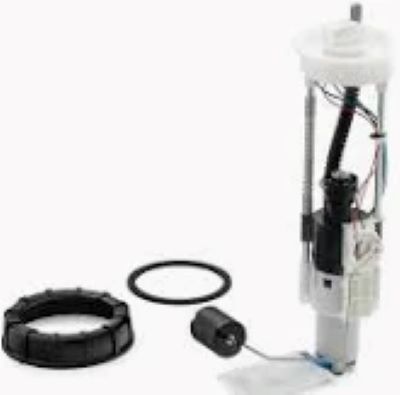A faulty fuel pump relay would indeed affect battery life because the battery would constantly be sucked bone dry, even on shutdown. Normally, the relay only engages when the ignition is on and provides power to run the fuel pump at the needed 12 volts. But in the event such a relay fails or jams in the "on" position, it can allow the fuel pump to run constantly, thus placing a constant parasitic drain on the battery. This sort of accidental pull might be found to discharge a typical car battery, which is normally rated at roughly 50 amp-hours, in a matter of hours, or even overnight, assuming the battery is weak or old to begin with.
Other contributing factors to battery stress include electrical resistance resulting from a faulty relay. A fuel pump relay that is not fully actuated may also introduce resistance and force the battery to supply more power than it normally should. Over time, this extra workload could potentially shorten battery life by 10-15%, since continuous overdraw reduces the total charge cycles the battery can support. It could also be a good idea to replace faulty relays with new ones every once in a while, for it is pretty cheap-$20 to $50-to save the health of your battery from sudden drains.

Such a faulty relay can further diminish battery life once the demand for power, like in the case of cold weather, is high. Cold weather reduces the efficiency of your batteries up to 20%, so a stuck relay that is drawing power can now deplete the battery in no time. Car professionals advise periodic checks on the battery, notably during winter, to quickly identify parasitic drain brought about by relays or sensors.
The newer ones, with more advanced electronics and their respective battery management systems, may even throw a "check battery" or "low power" warning if these drains happen more often than infrequently. Ignoring these usually leads to battery failure, which can leave drivers stranded. For a periodic investment in diagnostics to monitor the health of relays, these issues can be avoided and, in turn, preserve the battery and Fuel Pump for use elsewhere without being an unnecessary drain on electrical resources.
